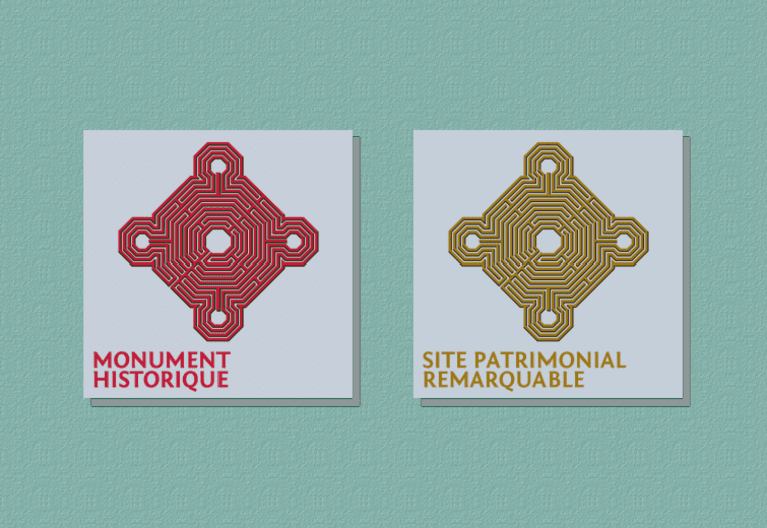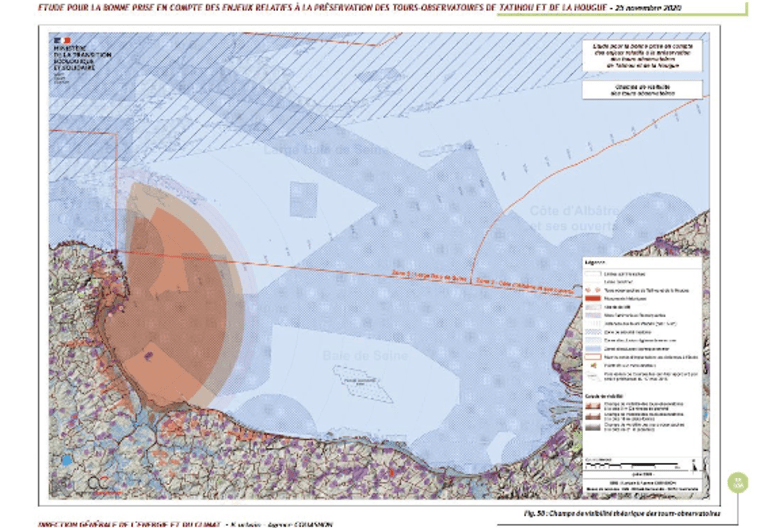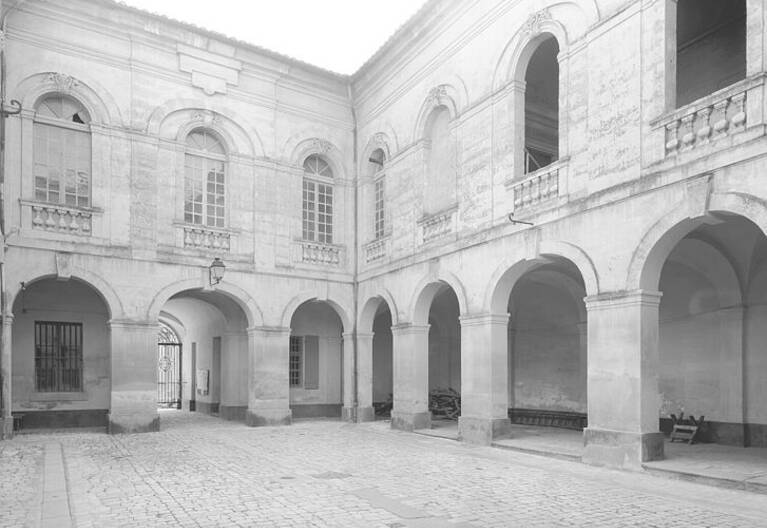Installation of photovoltaic panels in the vicinity of historical monuments and remarkable heritage sites
The installation of photovoltaic panels on the roof or on the ground is work that can change the appearance or exterior condition of buildings built or not built. This page describes the various procedures related to this type of installation on buildings located in a remarkable heritage site or near a historic monument.
Reconcile the ecological transition with the promotion of architectural and landscape quality
The Minister of Culture, the Minister of Energy Transition and the Minister of Ecological Transition and Territorial Cohesion signed, on December 9, 2022, a instruction to regional prefects (DRAC and DREAL) The purpose of which is to examine applications for authorisation and monitor the implementation of solar panels in the context of the acceleration of renewable energy production.
Work likely to modify a built building or a courtyard or garden, for example, in a remarkable heritage site or in surroundings of historical monuments are subject to a prior authorization requiring the agreement («assent») of the architect of the Buildings of France. In the vast majority of cases, the required authorization falls under the planning code (permit or prior declaration).
The installation of photovoltaic panels is therefore work subject to a request for prior authorization including the agreement («assent») of the architect of the Buildings of France, in charge of ensuring respect for the public interest attached to the heritage, the architecture, the natural or urban landscape, the quality of the works and their harmonious insertion into the surrounding environment.
For example, in the perimeter of remarkable heritage sites, in the vicinity of historic monuments, but also in a site classified under the Environmental Code, the installation on the ground of structures for the production of electricity from solar energy peak power is less than 3 kW must be preceded by a prior declaration submitted to the expertise of the architect of Les Bâtiments de France (article R. 421-11 of the planning code).
When peak power is greater than 3 kW, a building permit is required. On site registered under the environmental code, an authorization will be necessary, to submit to the expertise of the architect of Buildings of France.
On the edge of historical monuments or in a remarkable heritage site, the architect of Les Bâtiments de France, by his «conforming» opinion (agreement), accompanies and advises the leaders of photovoltaic projects, to improve the projects for a better insertion in each site.
The solutions proposed by the architect of Les Bâtiments de France will focus on:
- Locations that are not visible from the public space (location on buildings, such as lean-to, or poorly visible roof sections, such as flat roofs);
- integration with sloped roofs (respect for the geometry of roofs, their appearance, etc.) or installation on terrace roofs;
- scheduling with respect to the architecture of the building (location “centered” with respect to façade openings, grouping of panels, etc.).
In the case of panels laid on the ground, the requirements of the architect of Les Bâtiments de France aim to preserve the architectural, urban and landscape heritage, adapting, in particular, the projects to the topography of the land.
Finally, the installation of photovoltaic panels on a building listed or classified as a historical monument should be avoided in principle with regard to the visual impact, the invasive aspect on the structure and materials and security risks. However, exceptions may be permitted, considered on a case-by-case basis, depending on the location and size of the proposed project. The authorization procedures are the same as for all works on historic monuments.
Useful linkses:
Service-public.fr
Do you need an urban planning permit to install solar panels on the ground?
Urban planning code
New buildings exempt from all formalities
Articles R. 421-2 to R. 421-8-2
National Federation of Granting and Governing Authorities (FNCCR)
The guide: Create today’s landscapes respecting the legacy of the past: solar energy and protected heritage
To see
« Solar photovoltaic: Let’s accelerate together! » 500 participants gathered for the 6th National Photovoltaic Symposium of the Renewable Energy Union (SER)
In sites protected for their heritage interest, this guide offers project leaders, instructor services and architects of Les Bâtiments de France useful resources in the development and appraisal of files related to the installation of solar panels.
This guide was developed by the Directorate General of Heritage and Architecture, in collaboration with representatives of the Ministry of Energy Transition, the Ministry of Ecological Transition and Territorial Cohesion and the National Association of Architects of Buildings of France.
It follows on from theinterdepartmental instruction of 9 December 2022 on the acceleration of renewable energy production (examination of applications for authorisation and monitoring of solar panel installation work).






